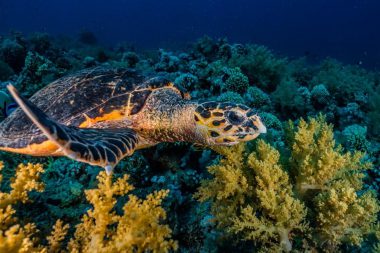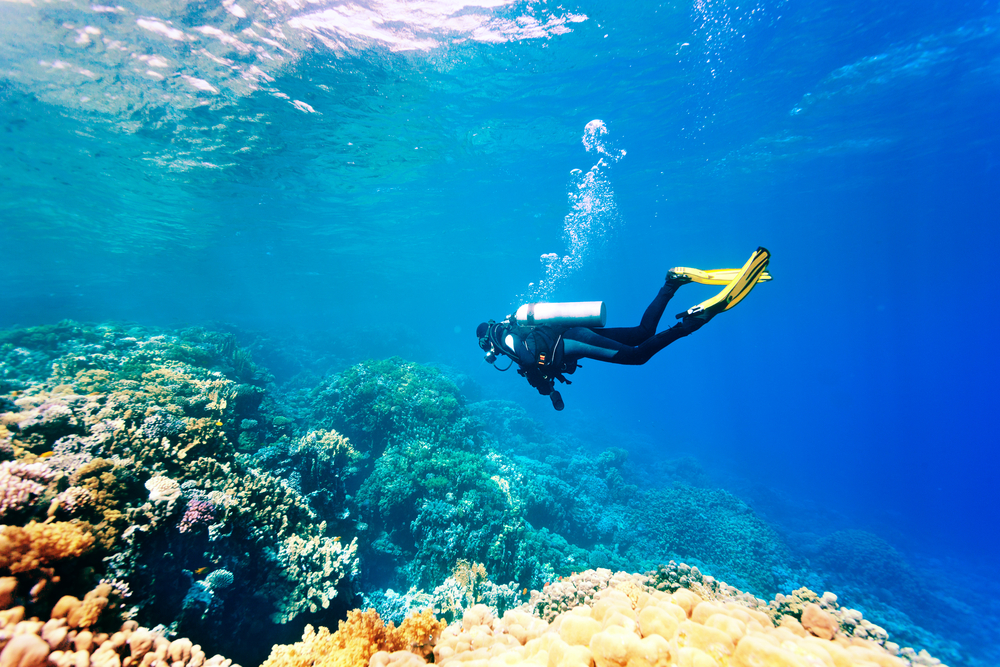Egypt and the Red Sea offer numerous beautiful discoveries in terms of nature, landscape and culture. According to the holidaymakers there, it is no more dangerous at the typical diving locations on the Red Sea than at other holiday beaches that are predestined for diving. So pack your wetsuit and get to know Egypt’s diving world.
Things to Know Before the Liveaboard
Egypt offers wonderful sandy beaches, pleasantly sunny temperatures and a relatively low price for dives and entire liveaboards. You can also rent diving equipment on site, only accessories for diving such as snorkel, fins and diving mask are recommended. Once the most important foundations for diving have been laid, it is important to choose the right place in Egypt for you and your diving needs. The best way to do this is to use the Internet or the travel agency to compare the dive tour operators with their special hotel facilities. Facts and figures for the diving license:
- Minimum age of 14 years
- at least one week on site
- Costs are about 300 euros
- physical fitness and fun and desire to try diving
The most recommended diving sites in the Red Sea
1. Dahab
The village, which until a few years ago was only known as a small, cute fishing village, became known for its “Blue Hole”. The blue hole, as it is translated, represents a particularly deep dive site for special (sporty) diving directly on the coast. Diving here is especially suitable for advanced divers. The clear water here reveals wonderful and extraordinary coral reefs.
2. Hurghada

3. The North of Egypt
The situation here is similar to that in Hurghada. Here, too, the reefs have been somewhat affected by heavy diving tourism in recent years. Despite everything, the reefs here also offer beautiful landscapes that are worth seeing. One example is Sharm el Sheikh. Here you can reach numerous coral reefs, which are home to many small sea creatures. A very famous underwater sight in this northern part of the country is a sunken freighter. The wreck, which bears the name HMS Thistlegorm, can be dived at a depth of 30m on the bottom of the Red Sea. Another highlight in Sharm el Sheikh is the Ras Mohammed National Park. Here you will find a large area of protected flora and fauna, as well as steep drop-offs, which make this dive site famous and unique.
4. Marsa Alam
The south, which includes the area around Marsa Alam , is less visited by divers than the north. Here, the reefs and diving spots are usually located directly at the hotel or on the beach, so that no boat trip is necessary.
The best time to travel and high season for rare underwater dwellers
A big advantage of Egypt is that the Red Sea offers a breathtaking clear view of 20-40m underwater almost all year round. Only the temperatures outside and under water vary greatly depending on the season. The European winter months are also the “coldest” months in Egypt. From December to February, there are still daytime temperatures of 17 – 27 degrees and water temperatures of 20 – 24 degrees. Rain is also extremely rare on the Red Sea. Despite the large tourism of recent years, you can discover up to 800 different species of fish in the reefs and underwater worlds of Egypt if you are lucky – on a guided tour you can also see dolphins, water cows and whale sharks. Sharks are quite common in the Red Sea, including black reef sharks, white reef sharks, tiger sharks or hammerhead sharks. Stingrays, moray eels and lionfish are also not uncommon here.
Interesting facts about the land above the water surface
Egypt is only one hour ahead and pays with Egyptian pounds. The cost of living there is low and there are also numerous bargains for tourists to discover at markets. The food and accommodation in a (luxurious) hotel are also relatively cheap. Egypt is, in addition to its great location on the Red Sea, famous for Sphinx, mummies and pyramids and for general historical history. Since the country is largely religiously Muslim, female tourists should adapt to this culture accordingly in order to avoid unwanted attention.


